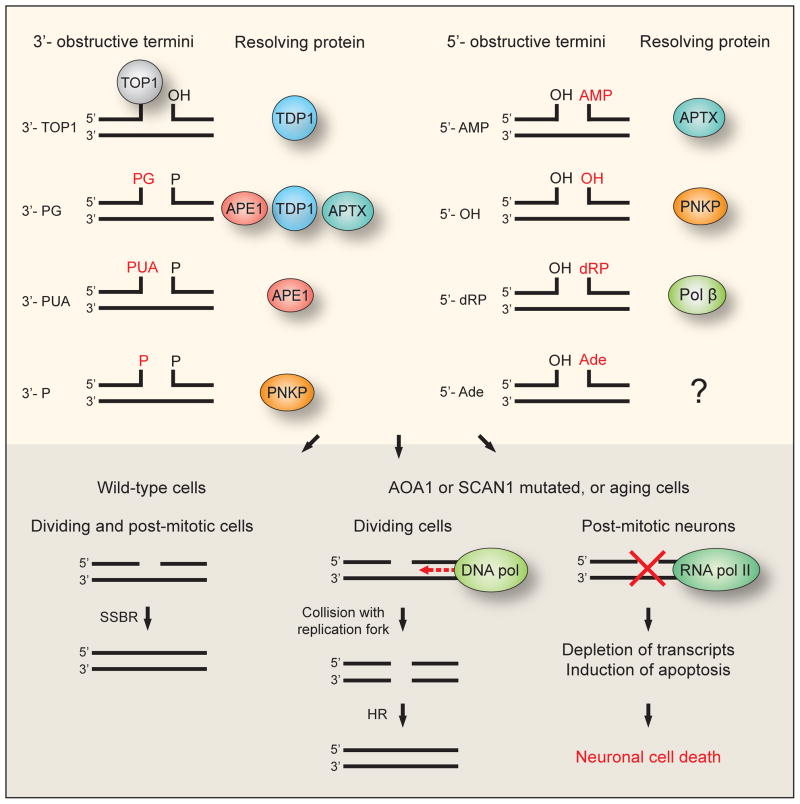Fig. 7. Model for the differential impact of single-strand breaks on dividing cells and post-mitotic neurons caused by AOA1 or SCAN1 mutations, or aging.
The upper part of the figure shows the various 3′- and 5′-obstructive termini and the proteins responsible for resolving them. The lower part of the figure shows the impact of single-strand breaks on wild-type, AOA1 and SCAN1 cells. In both dividing and post-mitotic wild-type cells efficient single-strand break repair (SSBR) will ensure resolution of the break. In dividing AOA1, SCAN1 or aging cells SSBR is deficient, but the single-strand breaks may be converted to double-strand breaks and subsequently repaired by homologous recombination (HR). In the post-mitotic neurons of AOA1 or SCAN1 patients, or aging individuals HR is not available and persistent unrepaired single-strand breaks in these cells lead to neuronal cell death.

